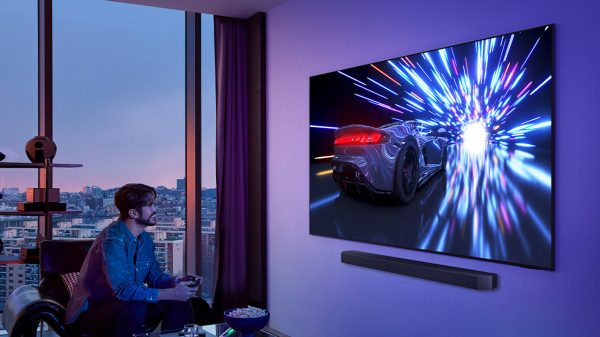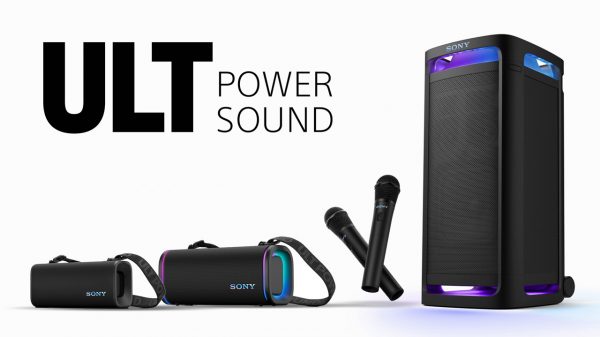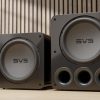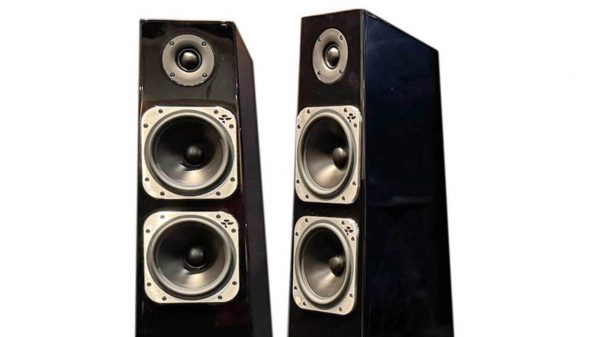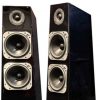At National Cable Show, CEA Showcases Digital Cable-Ready Products, Urges Cable Operators to Support CableCARD
Arlington, Virginia, 4/4/2005 — Seven in 10 consumers plan to purchase a digital cable-ready (DCR) high-definition television (HDTV) as their next TV, according to data released today by the Consumer Electronics Association (CEA). CEA announced the figure at the National Show, the annual cable industry conference being held this week in San Francisco, where CEA also is showcasing a sampling of the scores of digital cable-ready products now available to consumers.
The new DCR high-definition sets, which provide access to digital HDTV programming and other premium channels without a set-top box, are favored by 71 percent of American consumers, according to a random telephone survey conducted earlier this year by CEA Market Research. These “plug-and-play” products are now available at retailers nationwide.
CEA is showcasing a variety of DCR products in booth 6664 at the National Show including plasma and microdisplay rear-projection integrated HDTVs from InFocus, JVC, LG Electronics, Pioneer and Sony. These products are being demonstrated as part of CEA’s campaign to urge the cable industry to support and promote the CableCARD, the security device consumers must obtain from their cable provider to view HD and premium programming on DCR products. The DCR products on display include a range of attractive, cable-friendly features including on-screen interactive program guides and digital video recorder capabilities. CEA also is showing its HDTV consumer education program produced in partnership with Comcast Media Center.
“It’s the beginning of the end for the DTV transition, and with 70 percent of U.S. households relying on cable for their primary TV signal, support from the cable industry for these plug-and-play sets is paramount,” said CEA President and CEO Gary Shapiro. “The cable industry must join the consumer electronics industry in promoting digital cable-ready sets and the necessary CableCARD. Beyond that, the CableCARD must be made readily available to consumers by cable operators at an affordable cost.”
CEA also announced that three million digital cable-ready HDTVs are expected to be sold in 2005, building upon the installed base of more than one million sold in the second half of 2004, when DCR sets were introduced. Product introduction followed years of negotiations between the consumer electronics and cable industries on the digital cable “plug-and-play” agreement that was approved by the Federal Communications Commission (FCC) in September 2003.
Skyrocketing consumer demand for DCR products underscores the need for CableCARD support from the cable industry, Shapiro said. “Nearly 200 DCR models are in the marketplace today, but if consumers are not educated about the CableCARD that must be obtained from their cable provider, or if they have difficulty getting one, consumers will not be able to take full advantage of the capabilities of these new products, hindering the digital transition. We call upon the cable industry to join us in promoting this exciting new technology to consumers.”
About CEA:
The Consumer Electronics Association (CEA) is the preeminent trade association promoting growth in the consumer technology industry through technology policy, events, research, promotion and the fostering of business and strategic relationships. CEA represents more than 2,000 corporate members involved in the design, development, manufacturing, distribution and integration of audio, video, mobile electronics, wireless and landline communications, information technology, home networking, multimedia and accessory products, as well as related services that are sold through consumer channels. Combined, CEA’s members account for more than $121 billion in annual sales. CEA’s resources are available online at www.CE.org, the definitive source for information about the consumer electronics industry.
CEA also sponsors and manages the International CES — Defining Tomorrow’s Technology. All profits from CES are reinvested into industry services, including technical training and education, industry promotion, engineering standards development, market research and legislative advocacy.

